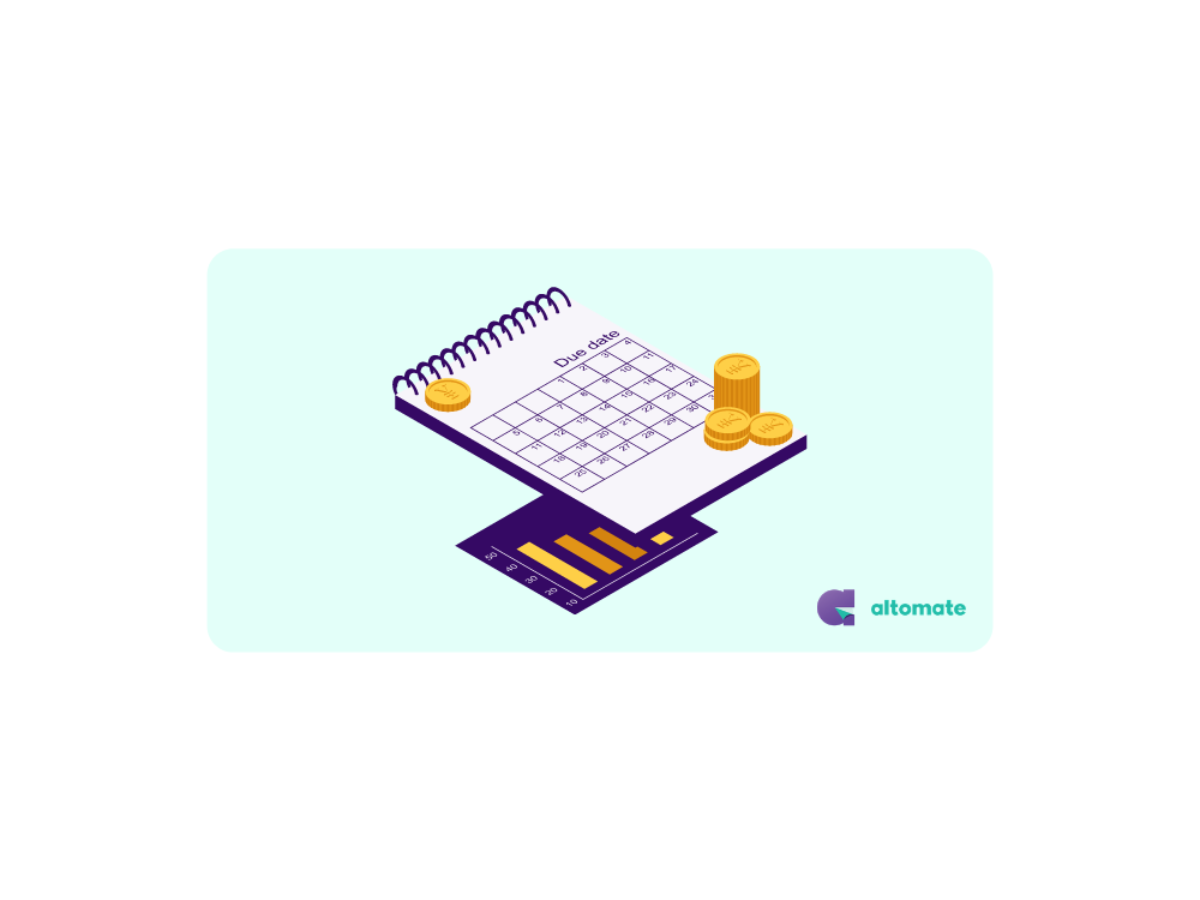
Fixed Assets- Purchase, Depreciation and Disposal
Fixed assets refer to long-term assets bought by a business and used to create its goods and services to gain profit. They are noncurrent assets, which means they will be useful for longer than one year such as a property that owns by the company.
Furthermore, fixed assets are to be written on the balance sheet as property, plant, and equipment (PPE). They are not easily convertible into cash and are not easily liquid. In addition, a business does not sell or consume them. The assets are instead used to generate goods and services.
IAS 16 applies to the accounting for property, plant, and equipment. The purpose of this Standard is to define the accounting treatment for property, plant, and equipment so that users of the financial statements can provide information on a company's investment in property, plant, and equipment, as well as changes in that investment.

Purchase of Fixed Assets
Fixed assets are capitalized. The cost of a fixed asset will be recorded on the balance sheet instead of the expenses on the income statement when a company purchases fixed assets. This is because fixed assets are used in the company’s activities to generate revenue. They are initially located on the balance sheet and then slowly depreciated over their useful life. As a result, they appear on a balance sheet as property, plant, and equipment (non-current assets).
Although PPE is noncurrent assets or long-term assets, however, not all noncurrent assets are property, plant, and equipment. Intangible assets, such as patents and copyrights, are nonphysical assets. Fixed assets are classified as noncurrent assets because they add value to a firm but cannot change to cash within one year. Bonds and notes are examples of long-term investments that are also classified as noncurrent assets since they are often held on a company’s balance sheet for more than one fiscal year. PPE refers to particular fixed, tangible assets, whereas noncurrent assets relate to all of a company’s long-term assets.
Depreciation of Fixed Assets
Fixed asset depreciation is the process of subtracting the total cost of your company’s fixed assets. Instead of completing it all at once, you deduct portions of it over time. You have more control over your budget when you depreciate fixed assets.
A fixed asset's useful life influences how many years it may be depreciated over (for example, a machine is useful for about five years). Tax depreciation is applied to various assets, and each categorization has its own useful life. If your organization uses a different method of depreciation for its financial records, you can calculate the asset's useful life depending on how long you expect to utilize the item in your business.
Depreciation allows a portion of the cost of fixed assets to be allocated to the fixed assets' revenue. This is needed under the matching principle because revenues and associated expenditures are recognized in the accounting period when the fixed assets are in use. This helps to acquire a comprehensive perspective of the revenue generation transaction.
The depreciation method should distribute an asset's depreciable value in a systematic manner across its useful life and reflect how the business expects to use the asset's future economic advantages (IAS 16.60). The most common depreciation mechanisms are as follows:
1. straight-line method
2. diminishing balance method
3. units of production method
Straight-line method
Diminishing balance method
Units of production method
In specific cases, as indicated in paragraphs IAS 38.98A-C, a depreciation/amortization method is based on revenue received by an activity that includes the use of an asset authorized for intangible assets. This is because income is affected by a variety of inputs and processes, sales activities, and changes in sales volumes and prices (IAS 16.62A).
Disposal of Fixed Assets
The main concept underlying asset disposal accounting is to reverse both the fixed asset's reported cost and the corresponding amount of accumulated depreciation. A gain or loss is recorded for any residual difference between the two. The gain or loss is calculated as the net disposal proceeds less the asset's carrying value.
No Proceeds, Fully Depreciated
Loss on Sale
Gain on Sale


5 Benefits to Start your Business with Sdn. Bhd.


